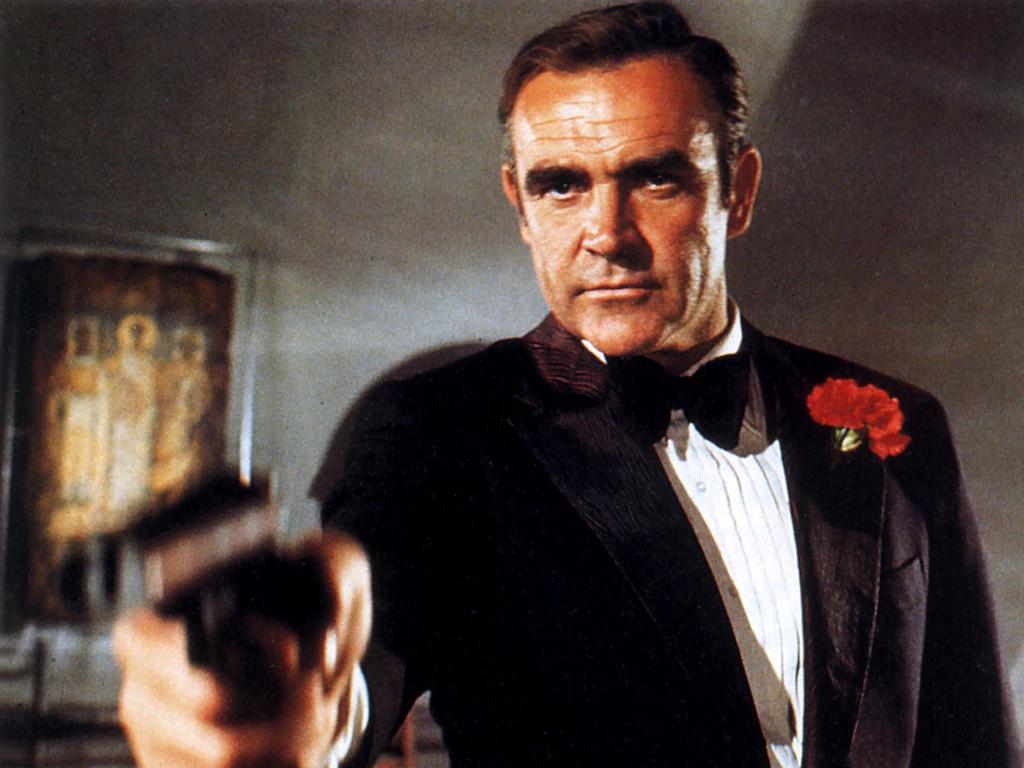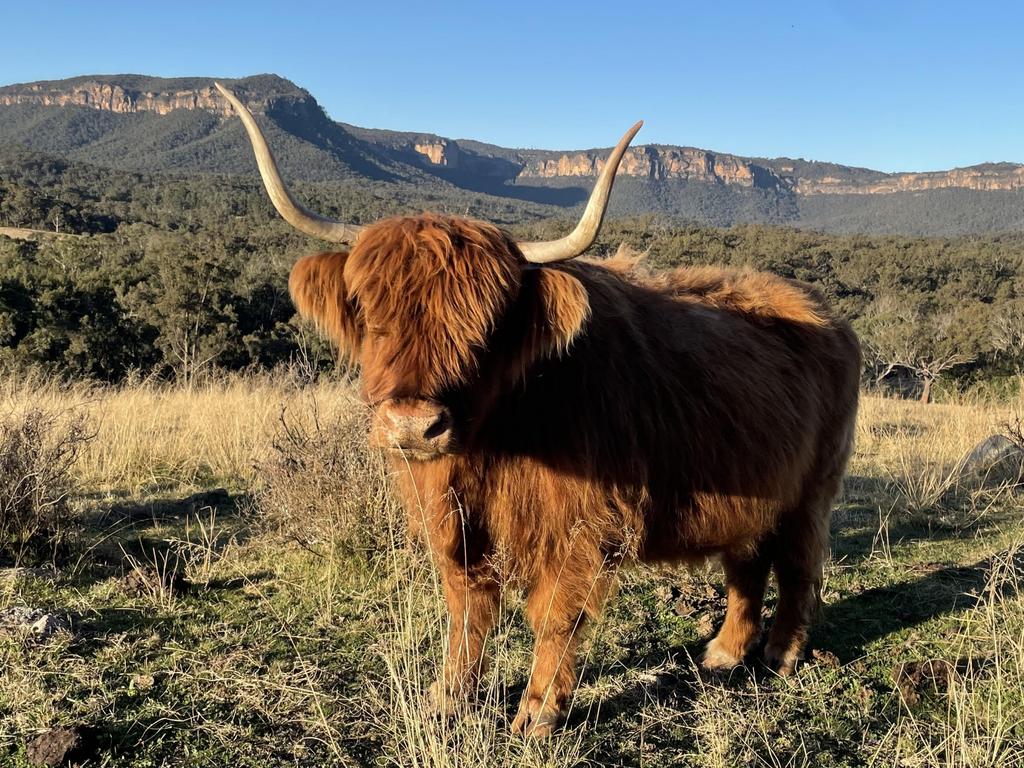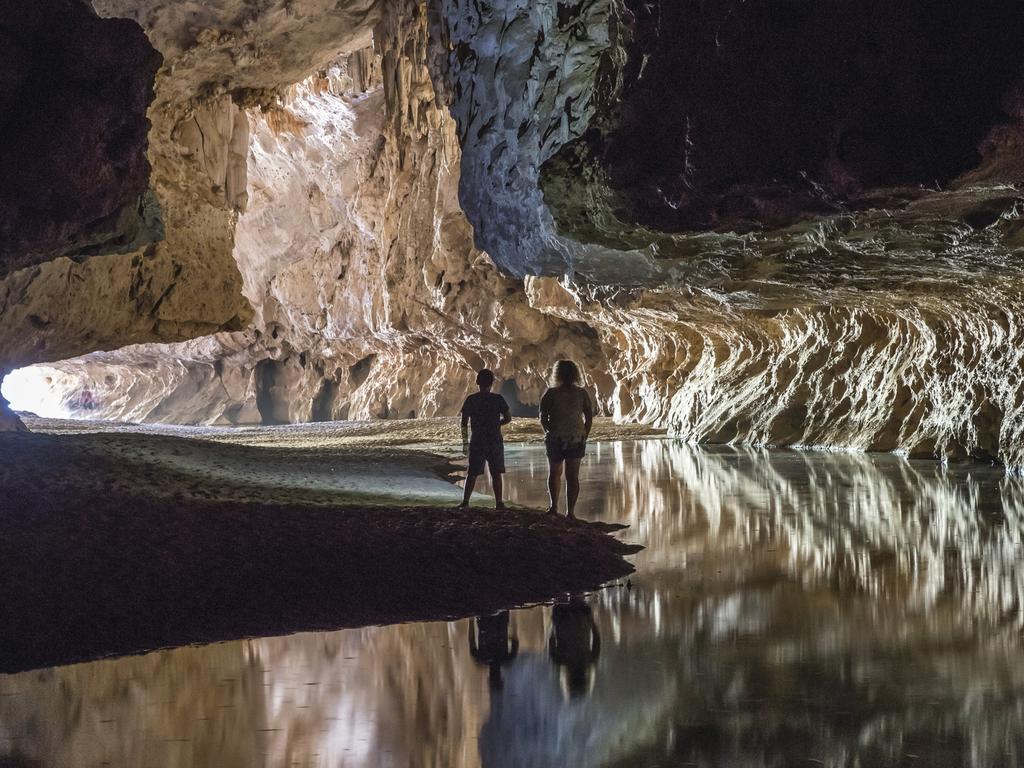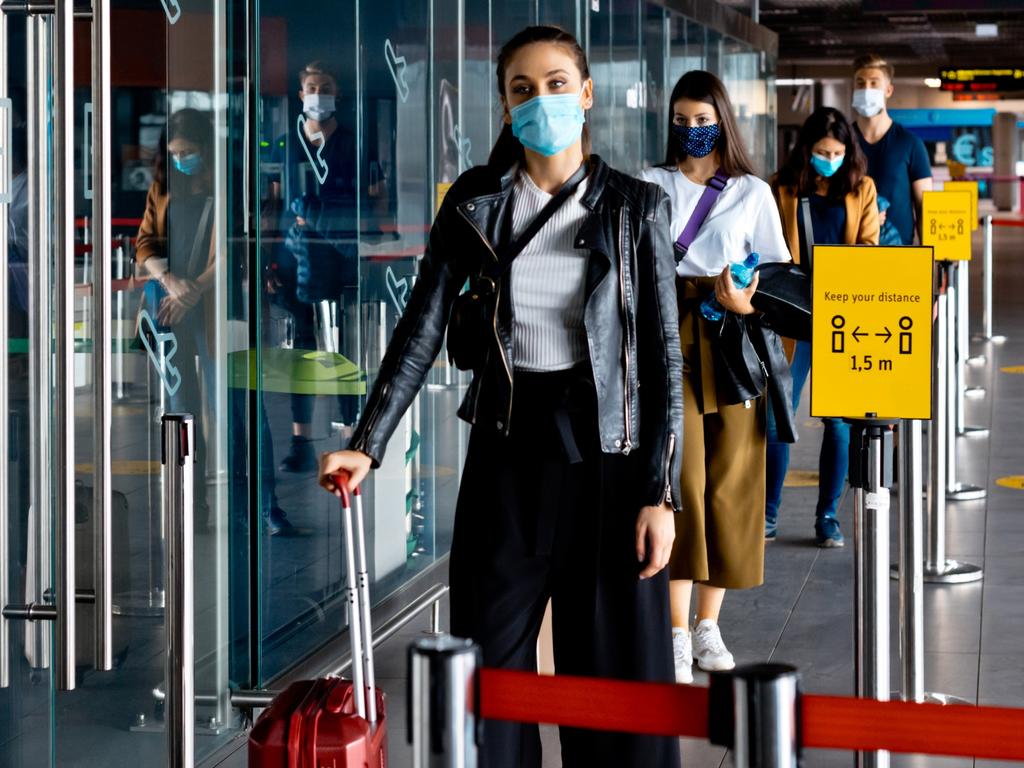Indigenous tourism rises to Covid-19’s challeneges
The Covid-19 pandemic has had a dramatic impact on Indigenous tourism. How have First Nations operators fared?
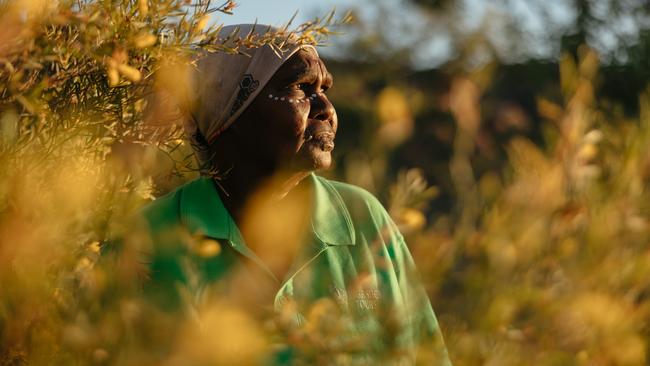
On the night before the virtual Darwin Aboriginal Art Fair opened in August, 7000 people armed with preview access swarmed the website and almost broke it. “The frenzy was amazing,” says Claire Summers, executive director of the Darwin Aboriginal Art Fair Foundation. “There were a good two hours of: ‘Oh, holy moly! Let’s ride this little storm out.’ The artists love it because they sit there online and just watch their artworks getting sold. They call us and say: ‘Hey, I had so much fun watching that last night.’”
With online shopping a welcome distraction for many of 10 million locked-down and bored Sydneysiders and Melburnians, coupled with rising interest in First Nations art, culture and experiences, the dinnertime surge shouldn’t have surprised organisers of the six-day fair, which racked up a record $3.12m in sales (all of which went to 70-plus art centres representing 1730 artists). It’s not the only record set in the sector. The Art Gallery of South Australia’s Tarnanthi Art Fair, which ran as an online event in mid-October, announced a record $1.4m in sales, a 16 per cent jump on the previous record.
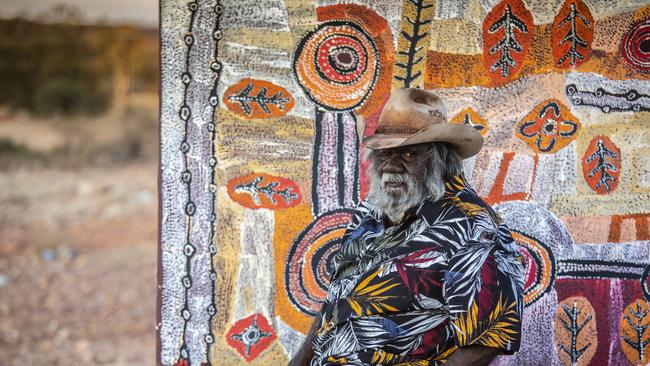
When the Darwin Aboriginal Art Fair was first held virtually in 2020 (thanks to the pandemic and a team that managed to launch a digital platform in less than three months), it sold $2.6m worth of work. DAAFF had long been planning a digital platform to support the art centres, which include far-flung outposts in Yuendumu in the Central Desert, Elcho Island off the coast of Arnhem Land and Warmun in the Kimberley, but the pandemic “fast-tracked our strategic plan by five years”, says Summers. “I won’t lie – it’s been huge and hard.”
That’s not the only development since Covid-19 struck in March 2020. Some big players in Indigenous tourism are regrouping. Tjapukai Aboriginal Cultural Park near Cairns closed when the pandemic began but the new owner, Djabugay Aboriginal Corporations, has announced it will reopen with culturally driven changes. In Western Australia’s Kimberley region, Kooljaman at Cape Leveque – a lauded wilderness camp – closed this week, citing the need for “major upgrades” to meet compliance requirements and guest expectations. Funding is being sought.
Others, such as Cape York Peninsula Lodge, examined how they could encourage guests to stay longer. With the help of a grant to buy a 4WD minibus, the remote Bamaga-based lodge will launch two single-day tours next Easter that incorporate the story of how Torres Strait Islanders from Saibai Island migrated to Bamaga, along with information about the region’s Aboriginal culture groups.
Everyone’s hoping the good times return. Pre-pandemic, the sector was booming. Tourism Australia reported that in 2019, 1.4 million international visitors participated in an Indigenous tourism experience while visiting our shores, a 6 per cent increase each year since 2010. Yet there was also a strong local support base, with 1 million domestic travellers enjoying these experiences in 2019 (an increase of 13 per cent each year since 2013).
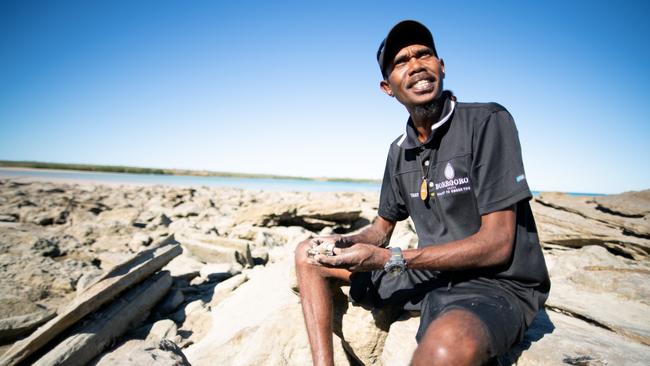
TA promotes the best of the best – some 185 experiences offered by 44 businesses – through its Discover Aboriginal Experiences marketing collective. Four companies joined the collective earlier this year: Borrgoron Coast to Creek Tours and Kingfisher Tours in the Kimberley, Bundyi Cultural Tours in Wagga Wagga and Wajaana Yaam Adventure Tours in Coffs Harbour.
TA’s Nicole Mitchell, who runs the collective, says some enjoyed their best year or two ever throughout the pandemic, thanks to curious intrastate travellers. These include Banubanu Beach Retreat on Bremer Island in the Northern Territory and Juan Walker’s Walkabout Cultural Adventures in Queensland’s Port Douglas area. Other collective members, such as Uluru’s Ayers Rock Resort, Maruku Arts and SEIT Outback Australia, felt the impact of restricted air access.
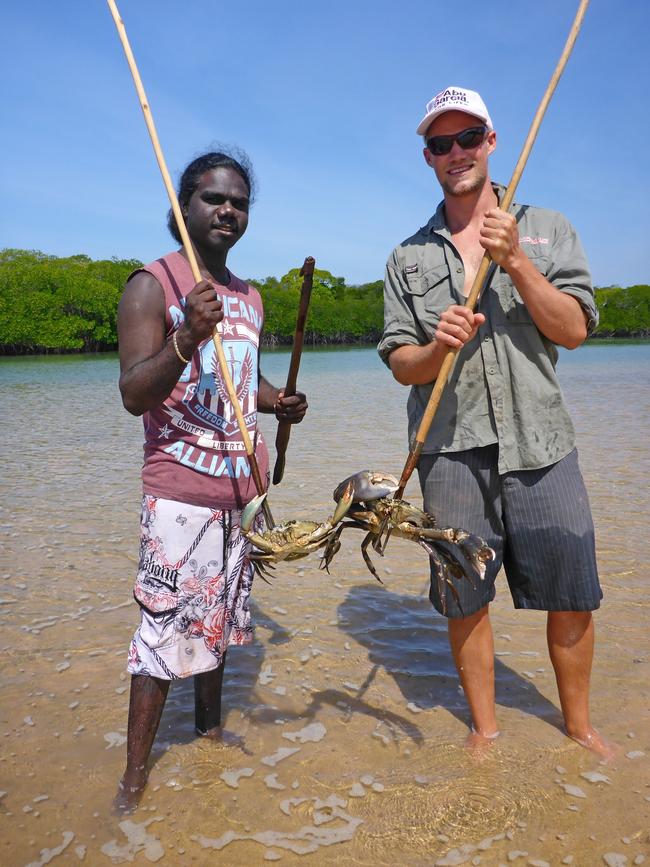
Matthew Cameron-Smith, chief executive of Voyages Indigenous Tourism Australia, which runs Ayers Rock Resort, describes the past two years as incredibly challenging. “Constant changes to border closures have meant that our tourism numbers have fluctuated wildly ... Current border restrictions have significantly impacted our forward bookings,” he says.
However, he stresses the importance of protecting the health of the Indigenous community, staff and guests, and operating within NT government guidelines. The resort has used the tourism hiatus as an opportunity to upgrade accommodation and airport facilities and launch a new Indigenous art gallery.
“It’s great to see so many Australians wanting to travel to Uluru and learn more about the beauty, diversity and wisdom of Indigenous culture and history,” Cameron-Smith says.
Mitchell believes diversification has been central to survival. Maruku, for example, focused on developing online art sales. Some operators have benefited from the trend of family groups booking private experiences, while others have pursued the corporate sector, which is interested in increasing First Nations cultural awareness.
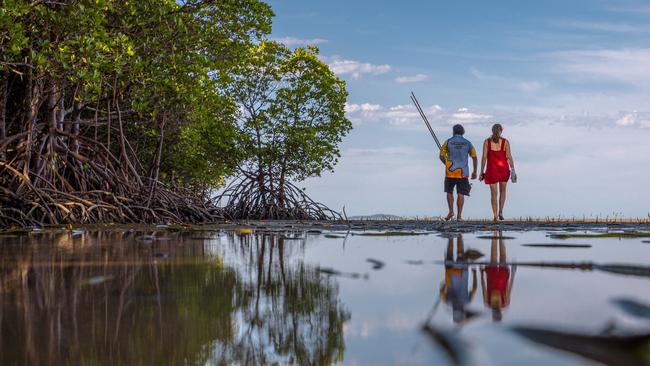
Juan Walker, owner of Walkabout Cultural Adventures in Tropical North Queensland, is in that camp; he’s begun offering companies outings on Kuku Yalanji country. He’s kept busy “through this crazy time” with school excursions and Indigenous language lessons. Pre-Covid, 90 per cent of his business was international, and he’s cautiously optimistic about the bounce back. “It’s been pretty tough. Things can only get better … Hopefully come December things will begin to open up – I’m really looking forward to it.”
In late 2019, Welcome to Country, a not-for-profit online marketplace for more than 180 Aboriginal and Torres Strait Islander experiences and more than 1000 products, launched. Chief executive Jason Eades says the last lockdown sparked a 95 per cent drop in experiences revenue.
“It was almost instant,” he says. The online store, on the other hand, “has gone crazy”. “People are already Christmas shopping,” he says. “But we don’t want people to forget about experiences.
“With all the uncertainty, we’ve seen a couple of operators decide to pack up altogether. Some have decided to defer the experiences until next year so they can do other things for the remainder of this year to keep themselves afloat.”
Others plan to continue offering art, wellbeing and yarning virtual tours to tap into the education and corporate markets.
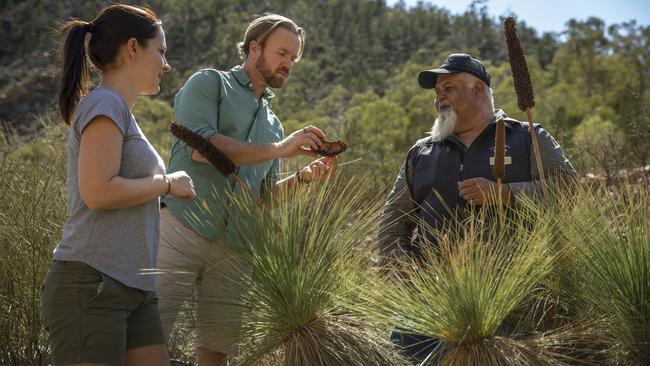
There’s another perspective on all of this, of course, one that’s drawn from 60,000 years of ancient wisdom. Mitchell points towards a wise word from Mick McKenzie, an Adnyamathanha elder and guide at South Australia’s Wilpena Pound Resort. His mob uses the word wadekane, which roughly means “wait on”, to describe the ability to wait for things to unfold without worrying about when or how they might occur.
“What I’ve found really enlightening is the positivity from our members,” Mitchell says. “They tell me, ‘It’s provided an opportunity for our land to rest. It’s provided time for us to regroup together as family, to look at what our values are’ – and they say they’ve been through much worse.”
In the know
Welcome to Country is a not-for-profit marketplace for Aboriginal and Torres Strait Islander experiences and products.
The Darwin Aboriginal Art Fair, Australia’s largest Indigenous visual art fair, returns in 2022 from August 5-7.
Tarnanthi, a festival of contemporary Aboriginal and Torres Strait Islander art, features the work of more than 1400 artists in exhibitions and events at the Art Gallery of South Australia and venues across the state until January 30, 2022.
Additional reporting by Penny Hunter.
More to the story
Five great Indigenous experiences
WUKALINA WALK, TASMANIA
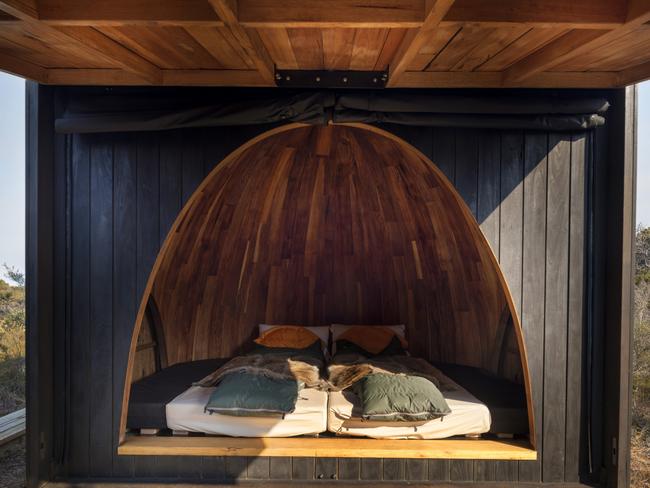
Leave behind modern life for this four-day walk back in time to when lutruwita/Tasmania was separated from the mainland by rising seas. Hunker down in a stunning architect-designed camp inspired by traditional shelters and try your hand at making water carriers from bull kelp before striking out for the pink granite lighthouse at Larapuna/Eddystone Point. wukalinawalk.com.au
TIWI ISLANDS, NT
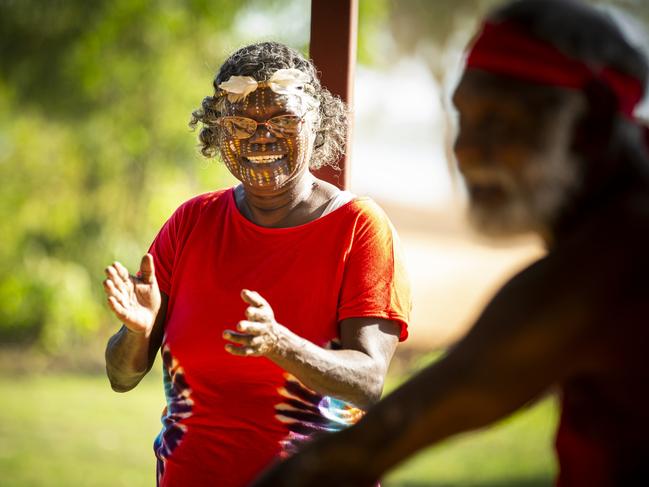
Meet the friendly Tiwi Islanders, who live 80km from Darwin, on one of SeaLink’s two tours. After disembarking on Bathurst Island, you’ll see the historic Mission Precinct, the stunning traditional church that featured in the movie Top End Wedding and the art centre.
WALKABOUT CULTURAL ADVENTURES, QLD
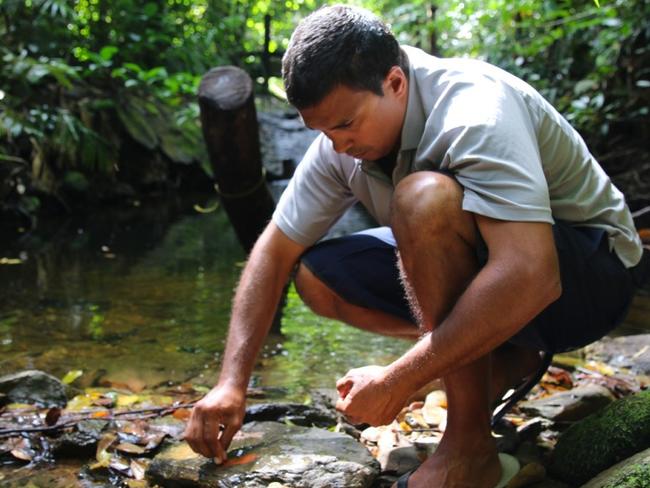
Test your hunting skills in the coastal shallows of Far North Queensland. Pick up a spear and try to bag a mud crab scuttling across the rippled sands while exploring Kuku Yalanji country with Juan Walker. Learn, too, how tropical plants are used for bush tucker and medicine before splashing down into Mossman Gorge.
MUTAWINTJI NATIONAL PARK, NSW
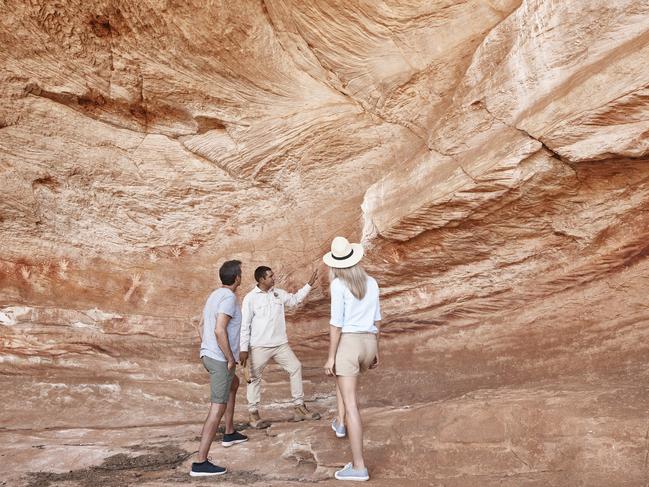
Explore the ancient Mutawintji Lands, encompassing a national park, nature reserve and historic site, 130km from Broken Hill. Mutawintji Heritage Tours will show you galleries of ochre hand stencils and a hill of rock engravings within the restricted-access historic site.
mutawintjiheritage.wordpress.com
MURUJUGA NATIONAL PARK, WA
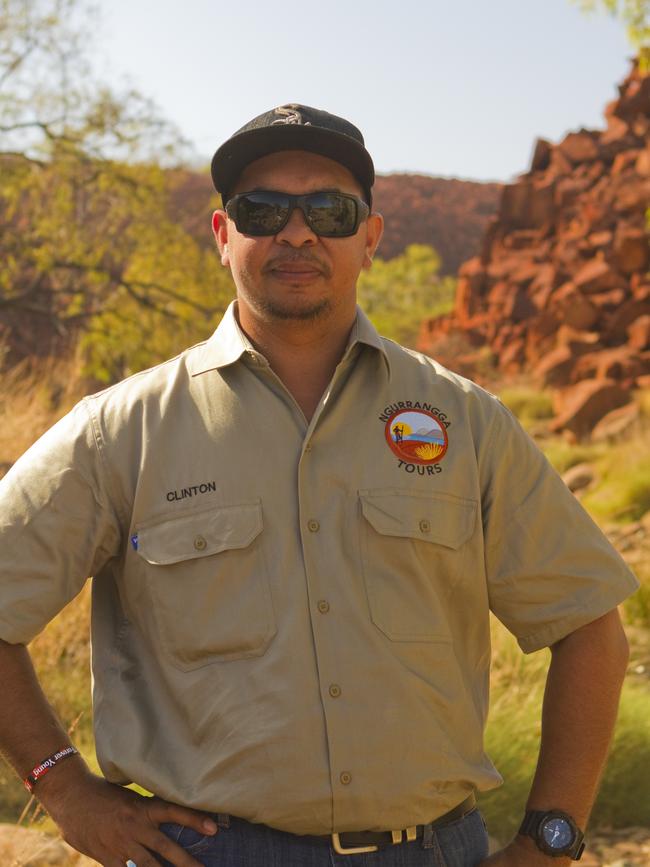
The Pilbara’s Murujuga National Park is home to the world’s highest concentration of rock art, some of which documents first European contact, megafauna and other extinct species. Head out with Ngurrangga Tours’ Clinton Walker for added insight into these intriguing images.

